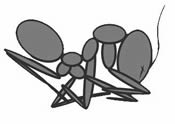The Trojan Petition
07/10/12
The Trojan Petition was an installation left at the entrance of the National Gallery of Victoria on the night of Sunday the 9th September 2012. It calls for the right of unsolicited street art to be recognised as art (not universally deemed vandalism). Rather than signing the petition, artists were asked to paint a canvas as a symbol of endorsement of the thesis.
In keeping with the central metaphor of the Trojan Horse, the artwork was left at the entrance of the NGV without solicitation. The NGV then chose to exhibit the petition inside in the foyer for 5 days. This decision effectively endorsed the argument that permission is not a transformative switch between art and its antithesis. These ideas were expanded in an open letter published in Independent Australia.
In selecting artists to contribute to the petition, I tried to sample a full spectrum of subcultural practices: tagging, paste-ups, writing, figurative aerosol, yarn bombing, urbexing, installation art but also street art tour guides and bloggers. In this way, I hope the artwork also serves as an historical art document: it records the context in which street art is created, it samples a variety of subcultural practices and acts as a litmus test for street art’s standing.

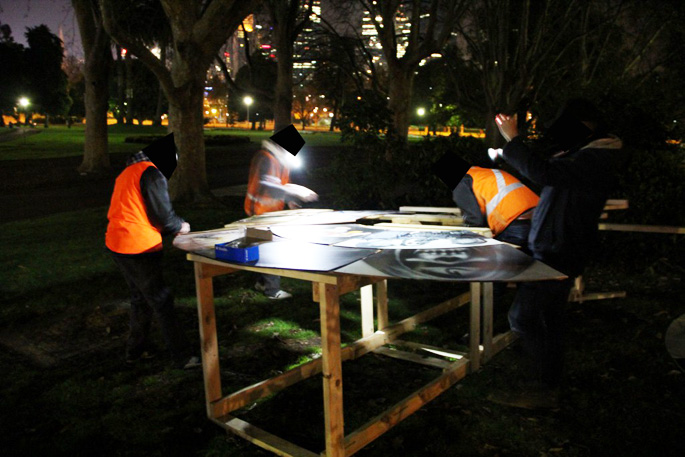
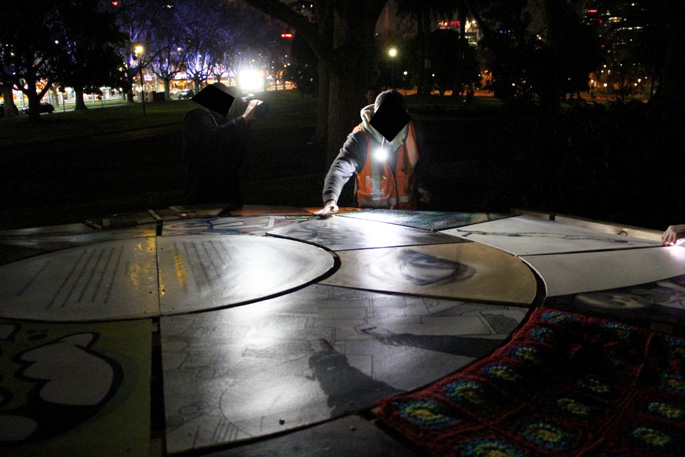
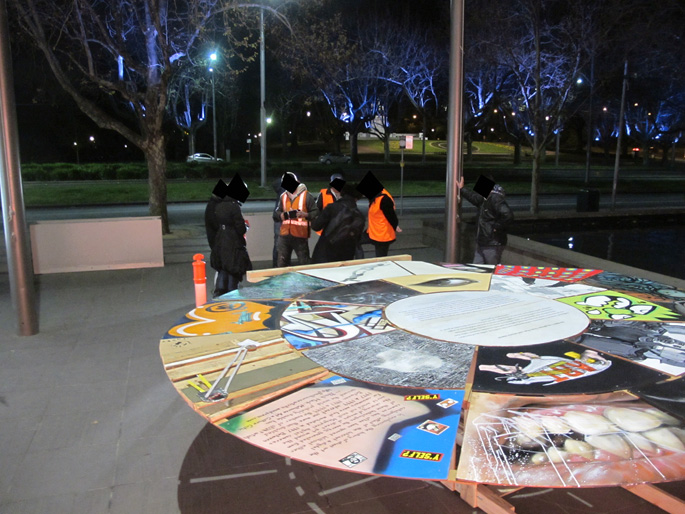
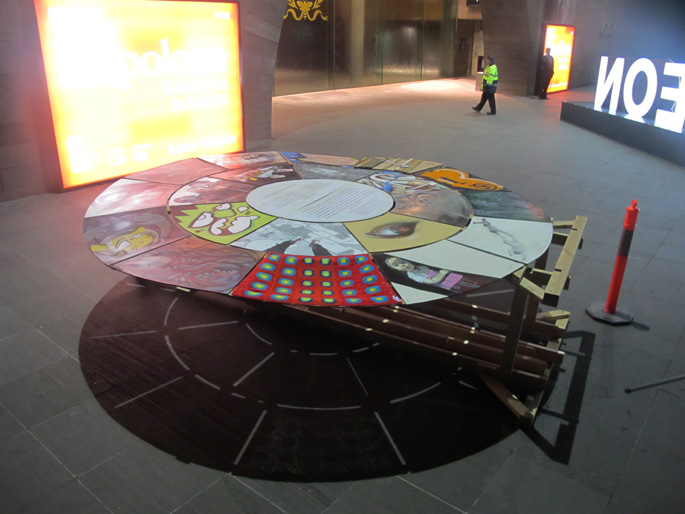
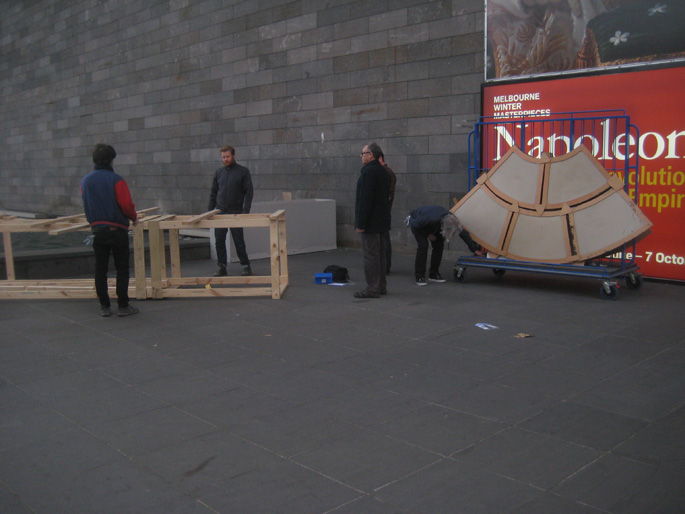
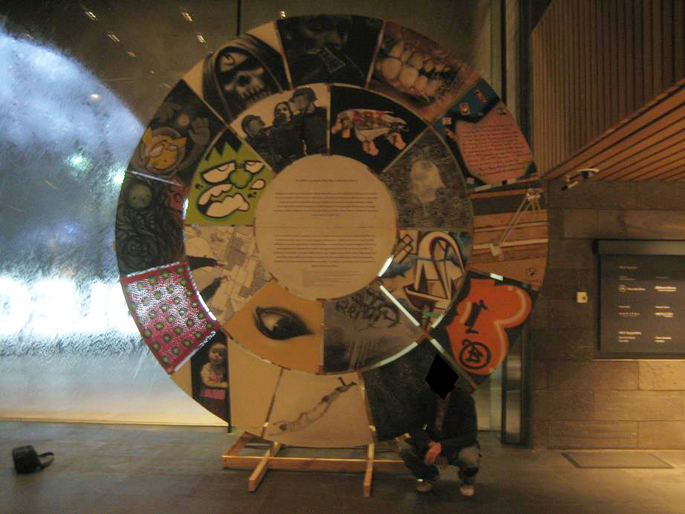
Individual Artworks

Binder

Presto
The petition text read:
We didn’t say please. Does that void artistic merit?
Melbourne’s street art is consistently ranked among the top in the world [1-6], unlike any of Australia’s fine art institutions. Street art is also inherently egalitarian and freely accessible. However, rather than being endorsed with substantial tax payer subsidies [7] street art is actively stifled by the State Government; the Graffiti Prevention Act (2007) requires artists to provide lawful excuse if caught carrying a graffiti implement (aerosol can, sharp object, pencil) and thus reverses the burden of proof, to a presumption of guilt [8,9].
For the State Government, propriety in street art begins and ends with property rights. We believe the hallmarks of urban neglect (extensive tagging, peeling paint, cracks) demonstrate an owner’s tacit indifference to a site’s appearance. Formal permission is unnecessary; it is already implied. Unsolicited mural painting of a dilapidated site doesn’t damage the property or the community aesthetic. As community stakeholders, civically minded citizens have a right to intervene to restore dilapidated sites, to the betterment of the community. As we hold this alternate philosophical view on community enrichment, the State Government deems us vandals, criminalizes us and denies any cultural value or artistic merit in our efforts.
